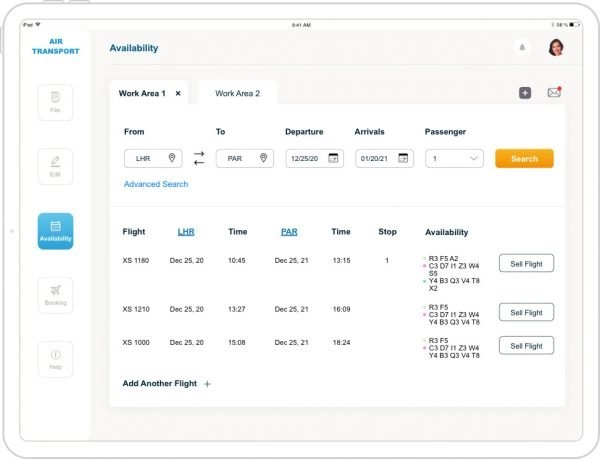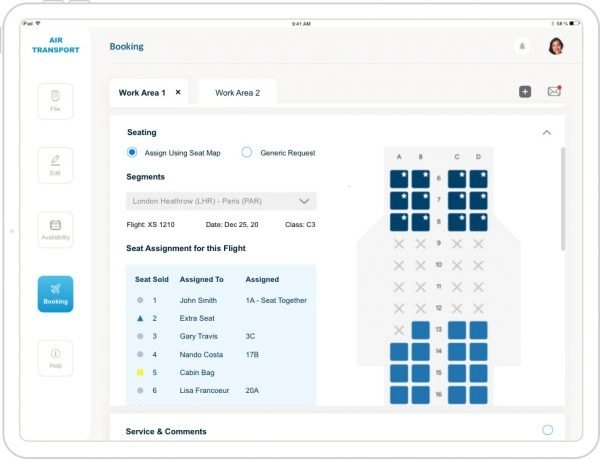UX research study closed a multimillion-dollar deal
UX research strategy convinced reluctant stakeholders key to multi-million dollar deal.


Company
A global leader in air transport industry.
Challenge
How do you convince your business customers that your app saves time and money? How do you ensure your investment in apps will produce profits as planned? How do you build consensus among a diverse group of stakeholders, including customers that are reluctant to make any changes?
The company needed to upgrade a reservation app, part of a next-generation suite to speed the process of making airline reservations, but customer’s clients were reluctant to replace a working system. Customer’s clients were using a combination of offline and online tools for reservations. It got the job done, but it wasn’t the most efficient method. It involved manual computations, guesswork, referencing several different systems, so naturally, it introduced a lot of errors. Employees needed training that lasted months. There were right from their perspective, if it works, why change? However, in the competitive industry where every second delay could mean massive losses or lost opportunity, it was a challenge for decision-makers.


Solution
One of our favorite UX research success story because of the enormous influence it had on the multimillion-dollar sales.
We designed and conducted a quantitative UX research- benchmarking study of the company’s legacy system, a combination of online and offline tools, documenting how it works, and how long it takes to process airline reservations in a maximum time, a minimum time and an average time- time on task. The study was conducted onsite at the customer’s client locations using specialty tool Techsmith Morae. We then interviewed ten employees as part of a qualitative UX research study. We analyzed the data and documented the findings which were subsequently presented to internal customer and customer’s client’s stakeholders. The data provided target time on task for the entire product team, including product management, UX design, and engineering team along with business stakeholders.
We then designed and built an enterprise-grade business app prototype with the goal of beating the minimum threshold KPIs, including time on task. Final prototype beat the time by about 50%. As a result, the customer’s client was convinced that new app suite would actually help business sell more reservations and increase profits. Usability was the focus for next-generation app suite, so the UX team used research data to design the best user experience that resulted in minimal training. Reduction in errors and training time provided confidence to customer’s clients to sell it to their stakeholders. An additional value of the UX research success was a boost in customer engagement since they were involved in the entire process.
Productivity Improvement
Error Reduction
Gain in new business
Time on task saved
Digital Strategy
UX Research
UX Design
App Development
Results
Our prototype, using live data, increased productivity, and reduced errors by 90%, while saving reservation times by a whopping 50%. As a result, the pilot project turned into a multi-million dollar deal. In an industry where every second represents hundreds of thousands of dollars in potential revenue, this achievement was considerable.